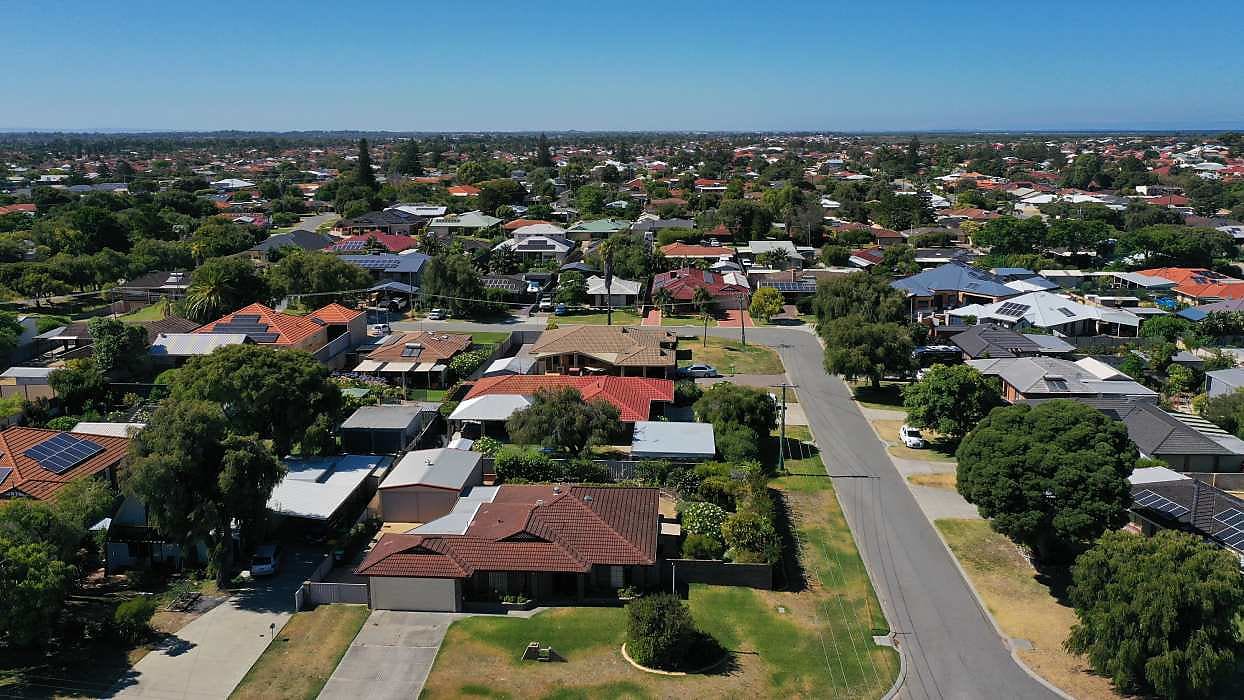How prices are expected to perform over spring
Values fell in almost a third of Australian suburbs over the latest quarter, with four major cities home to most of the negative growth.

According to the latest Housing Chart Pack from CoreLogic, nearly 30 per cent of the nation’s 3,655 suburbs are in price decline. But the data firm’s analysis shows that instead of being a widespread trend at this point, most of the decreases have been concentrated in a handful of major markets.
Melbourne is home to the most suburbs with price declines at 79.1 per cent, followed closely by regional Victoria at 73.8 per cent.
Hobart, Darwin and Canberra are the other major cities to experience price decreases, with just over half of the suburbs in each of these major markets seeing prices drop.
Each of Australia’s capital cities is clearly running at its own speed, however, as in Perth, every single suburb has seen prices rise over the second quarter of 2024.
While price drops are fairly targeted at this point, CoreLogic economist Kaytlin Ezzy said that quarterly value declines are on a trajectory of becoming more common as cost-of-living challenges continue to impose spending ceilings.
“While values are still rising at the national level, albeit at a slowing pace, beneath the headline figure, we’re starting to see some weakness, particularly in Victoria,” Ezzy commented.
She noted that in Melbourne, declines are most common in more affluent regions, with all of the Mornington Peninsula’s suburbs recording decreasing values. In the inner city, Carrum, Box Hill, Deepdene and Canterbury are some of the few suburbs to record price rises.
The same goes in regional Victoria, with hotspots like Ballarat, Geelong and Bendigo recording falls in the vast majority of suburbs.
Ezzy highlighted how much things have changed over the course of a year that is defined by high interest rates and affordability pressures.
“Nationally the portion of suburbs in quarterly decline was 29.2 per cent in August, which has risen from 17.2 per cent a year ago. Behind Melbourne, Sydney has seen the biggest increase in the share of suburbs in decline over the past year, from 3.8 per cent to 25.9 per cent,” she said.
“At the other end of the scale is WA. Of the 146 suburbs analysed across regional WA, 127 recorded a quarterly rise in dwelling values, while all 302 Perth suburbs saw values rise.”
“This data shows a remarkable turnaround in the Perth market. In the three months to September 2022, 60.1 per cent of Perth suburbs were in decline. In the three months to August 2024, there was not a single suburb analysed where prices had fallen,” Ezzy said.
In the months ahead, Ezzy forecasts that some markets may continue to experience price growth, but its likely value declines will become more common throughout spring.
“The flow of new listings has already been above average through winter, which has translated into slowing growth. We’re already starting to see the early signs of a slowdown in markets like Adelaide and Brisbane, with 3.1 per cent and 3.8 per cent of suburbs, respectively, recording falls,” she said.
“It’s likely this easing will continue into the seasonally busier spring selling period, with additional listings putting further downward pressure on values.”

